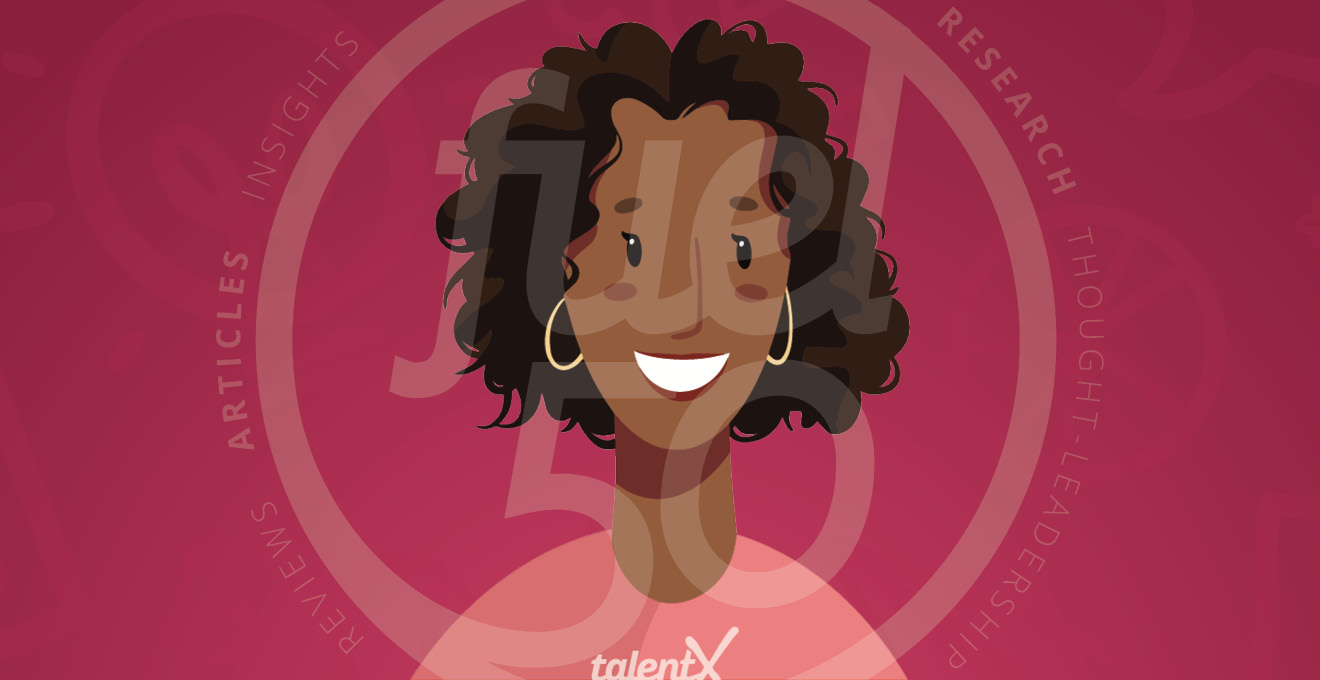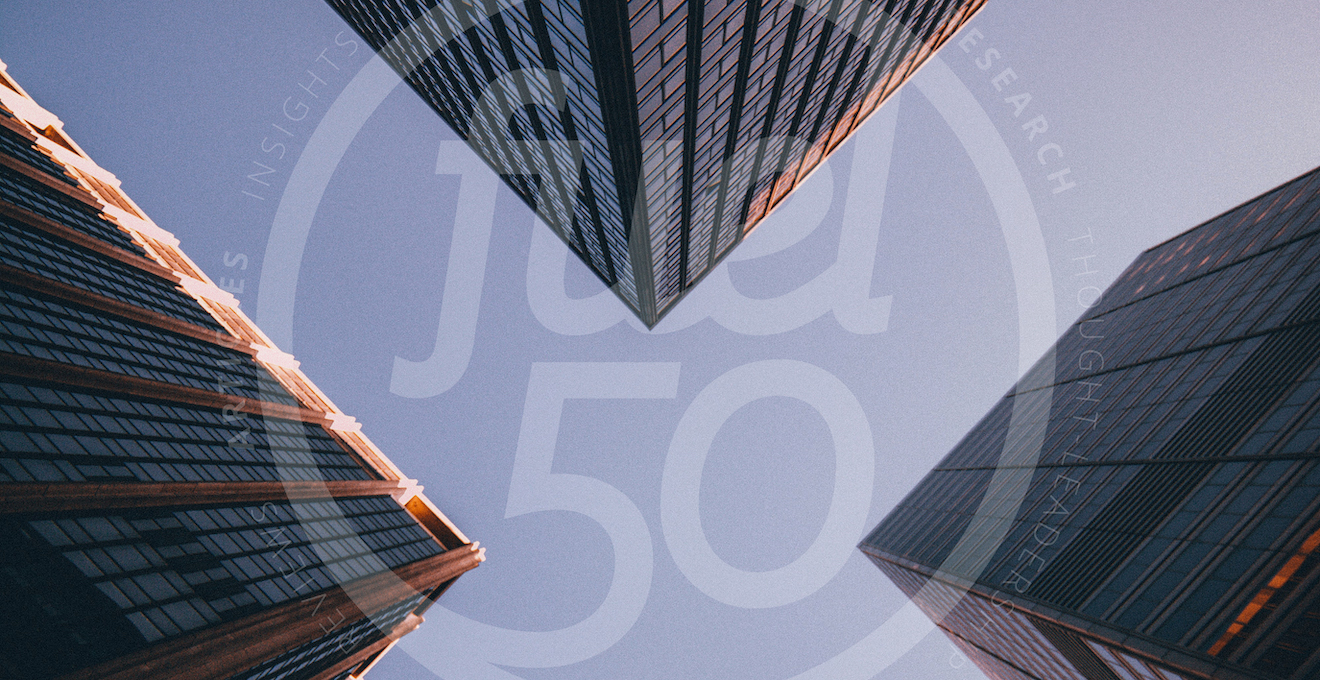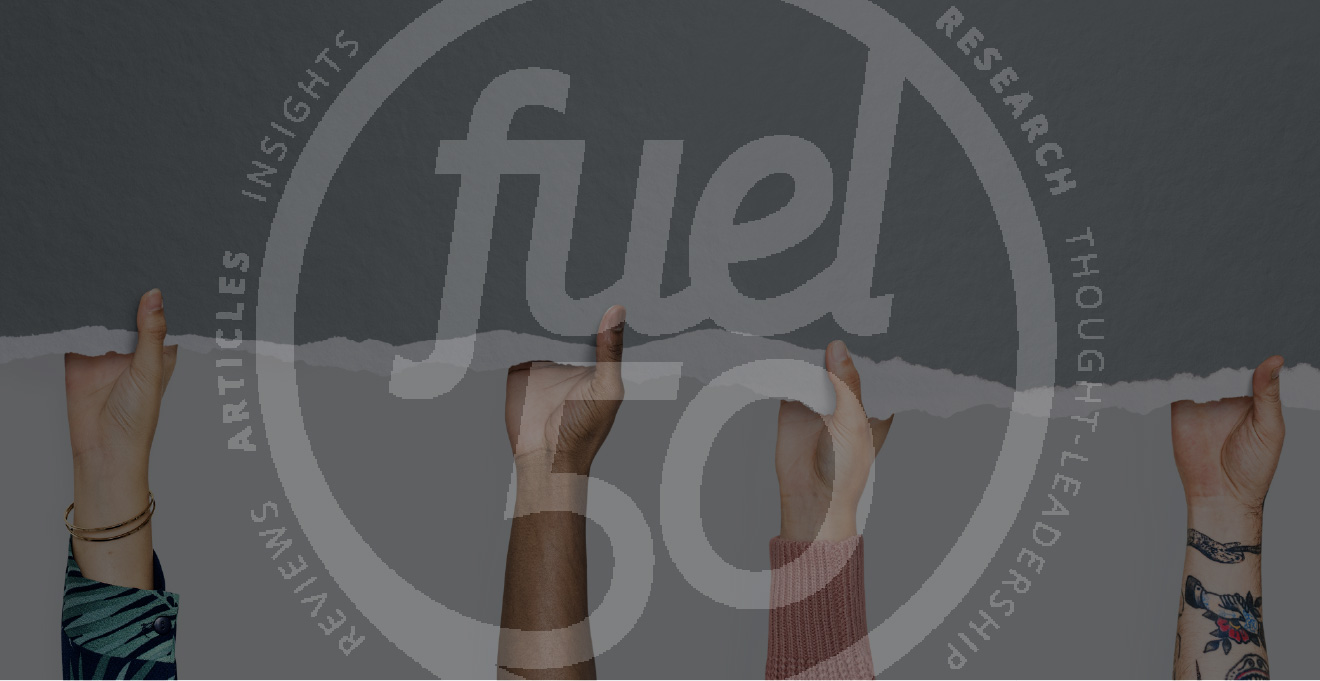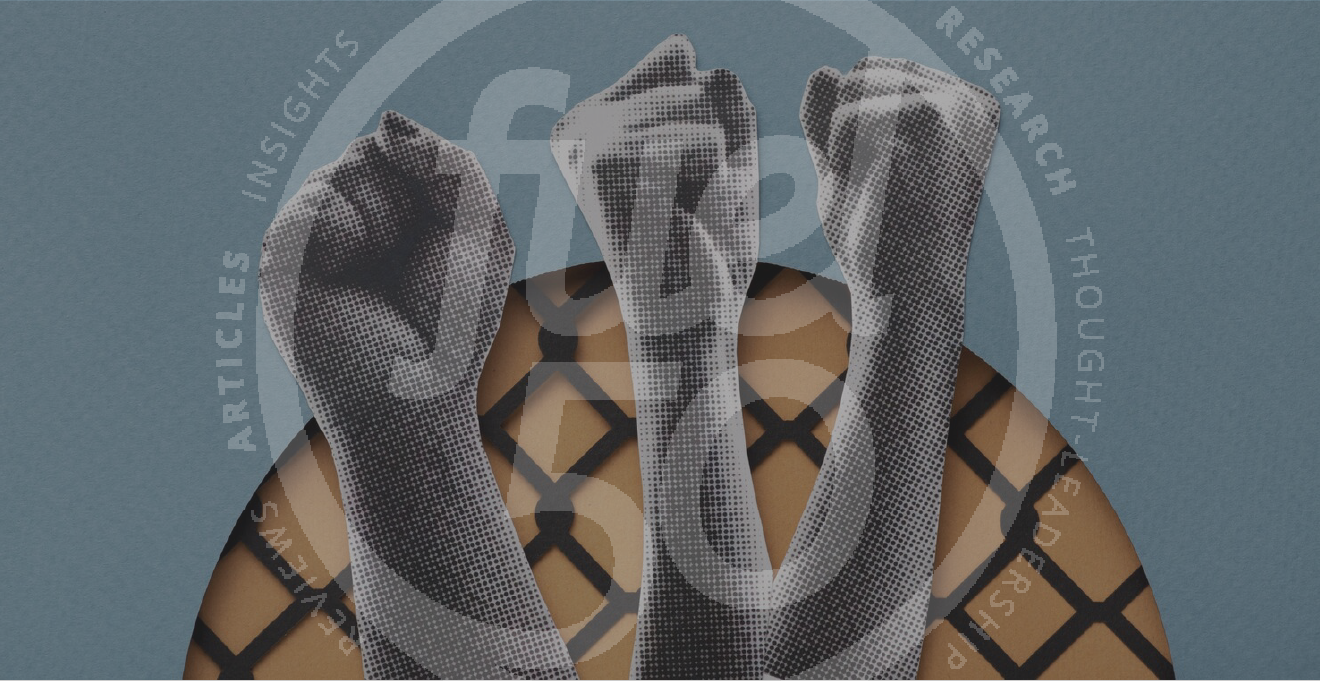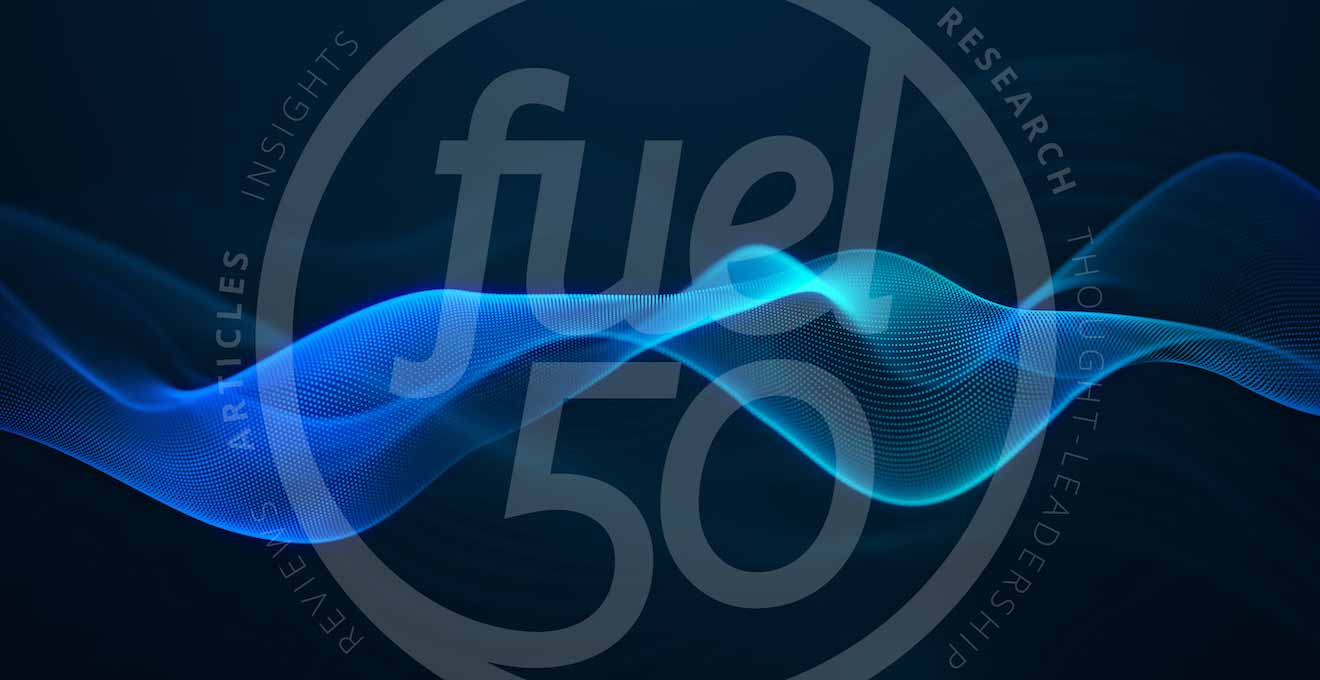Our guest, diversity strategist Stacey Gordon of Rework Work, is an advocate for change and works to create a culture of inclusion within organizations. John Hollon sits down with her to discuss the work she does including turning on the lightbulb for organizations in terms of how they approach diversity and inclusion initiatives. This often includes taking a step back to look at WHY you want to make a change to truly address why it needs to happen in the first place.
They talk about sparking these dialogues, the biggest red flags within an organization and becoming aware of bias. We hope this episode acts as another reminder to be better and do better.
Here’s how the conversation went… This interview has been edited and condensed.
John Hollon: Why do companies bring you in and hire you to help them with their diversity and inclusion practices? What do you talk about when you first show up on their on their doorstep?
Stacey Gordon: Why I show up and why they call me are sometimes two different things. I am usually getting called because they’ve started a DEI Council and not quite sure what to do or they are looking to offer unconscious bias education. The other reason is that they want to hire a Chief Diversity Officer, they need somebody in charge to manage this process. Those are the three main reasons that I get called.
What happens though when I go into the company and we start to talk about it, we usually need to back up a little bit and really look at why do these things need to happen in the first place? Why do you need to hire a Chief Diversity Officer? Why have you started the DEI Council? What’s going on within the company that we need to talk about? That requires us looking at engagement surveys, talking to employees, and really getting at the heart of what the culture looks like in the workplace.
John Hollon: Do you find that company’s organizations and leadership teams actually know how much that they need to do? Are you often a wakeup call that there’s a lot more that they need to dig into?
Stacey Gordon: It’s a mix. Some companies know they’ve got some issues, whether in leadership or with employees in the workplace, others are doing it because they know they have to do something, their employees are asking them but they’re really unaware of what’s going on. When you have employees telling you that we probably should do unconscious bias education that’s telling in and of itself. If your employees have to come to you and tell you that you need it before the leadership has said this is something we should do, that’s a problem.
We will hear a lot from leaders who will say we don’t actually have any issues because no one has said anything. I think that’s the biggest red flag there is, because if no one is talking at all, that’s a huge red flag. People should be discussing what is happening and if you’re not even talking about it, that’s a problem. It means that people don’t feel safe to talk about it. Clients come from all different avenues and we have to meet them where they are and show them how the view that they have might not be the right vision at this time.
John Hollon: Would you say that the work you do is short term, let’s say under six weeks, or is it long term or does it just vary a huge amount when a company brings you in?
Stacey Gordon: It definitely varies. We don’t like to do the ‘one and done’ approach, i.e. one unconscious bias education session, but people do have to start somewhere and there are lots of companies that have never tackled this issue at all. They’ve done nothing and for some of them, they have to start there. They do have to at least have some awareness; there needs to be a conversation starter. We do something called sparking a dialogue where it’s just being able to get in and start to have a bit of conversation around it, and you’re stepping your baby toe into the water to see what that’s going to look like.
But for others they know. They’ve been doing engagement surveys, they have some data, they understand that they might have some issues, they’ve done some education, that’s when it’s usually a longer term engagement. We work with their executive leaders and do coaching, we work with their individual contributors and do learning labs and workshops and we work with their talent acquisition teams and to help them with their recruitment efficiencies.
John Hollon: What’s your perspective on the impact of the pandemic and the subsequent lockdown on diversity and inclusion in the workplace? Does the fact that we have so many more people working remotely today have any effect on that?
Stacey Gordon: There’s a study that shows that women have been impacted greatly, we’ve been set back between 10-20 years in the workforce. All the gains that we had are gone, because many times it’s women who have left their jobs so that they could be the primary caregiver in the home because the children are at home 24/7 now. That is definitely an issue. Then you also have where both parents might be at home but the children are still going to the mom as the primary caregiver. She might be in a meeting but she’s the one that’s being interrupted repeatedly. The children walk right past their father, and go to the mom. Is that happening in every household? No. But is it happening above the norm? Absolutely.
John Hollon: I was reading some of the marketing materials for your new book UNBIAS and one that jumped out at me said that, “although it’s increasingly common for businesses of all shapes and sizes to appreciate the importance of diversity and inclusion in the workplace, many are often unaware of bias and the cultures they’ve created.” Can you talk about that?
Stacey Gordon: What we see is that there is a pervasive sort of myth that workplaces are equitable. Nobody wakes up in the morning and says, I’m going to go into work today and I’m going to be discriminatory, I’m going to exclude people and I’m going to ensure that nobody other than white men get promoted. That’s not what happens. What happens is the systems, the way that things are set up, they’re just set up to work that way. So when, for example, ‘John’ goes into work and is taking his friends to lunch. He just thinks I’m taking my friends to lunch (pre-pandemic) and he doesn’t see that as exclusionary to anyone else or anything wrong with that, because he’s just going to lunch with his friends. And there is nothing wrong with that. However, in that lunch is where he’s going to talk to these co-workers, and they’re going to get additional information from him. They have access now to information that other people wouldn’t normally get access to. It’s as innocuous as that.
This group of people that you’re consistently with, they’re the ones that get the benefit of your knowledge, they get the benefit of the information, they get the benefit of hearing about things first and get the benefit of proximity. We pick people who we know, and who happened to be close. It’s not because you favored Bill, over Jenny, it’s just because Bill happened to be there and why Bill is there is because you’re always with Bill. We have to look at our networks. We have to look at who we’re around.
Those are the systems that we have in place and the only way to actually change what we do is we have to deliberately make a decision to make a change. We have to actually say, Wow, I’m not going to pick on Bill this one time, I’m going to make sure I bring everyone together and I give everybody an opportunity and I really look at who could be the project lead for this project. Instead of just picking Bill because we happen to go to lunch together and I told him about it and Bill said, Hey, I’d like to do that and I was like, Sure why not? Because that’s how it normally happens.
John Hollon: You had a quote which stuck with me, you said ‘I want to be the grain of sand in your shoe’. Talk about that a little bit?
Stacey Gordon: Yeah, I mean, not that I want to be known for being annoying, but I really want to be that irritant. I want to be the reminder to you that you’ve now heard me say these things you now cannot unhear them. So you can’t go back to your workplace and say I didn’t know. You can’t go back to your workplace and say, Well, I didn’t intend to do this because now you know, you are aware. Ignorance is not bliss and so now that you know better, you have to do better. And I really want to be that reminder.
Like when I hear people say fit, I always say fit is another word for bias. When you talk about cultural fit, you really mean bias. Now that you’ve heard me say that, you can’t unhear it. You can’t ever say the word fit again, without hearing me say what you actually mean is bias, which means you now have to do something about it. Or you have to admit that you’re acting out of bias, it’s one or the other. I just want to be that little devil or angel, whoever on your shoulder going, ‘Hey, we’ve got to do better, we got to change our behavior.’ We can do better, we should do better and especially if you’re a leader, it’s your job to do better.
John Hollon: What was the driving force behind your book?
Stacey Gordon: The driving force behind it was I would like to get these concepts into the minds of as many individuals as possible and the best way to do that is via a book. I have the Unconscious Bias course on LinkedIn but my goal is I want to be everywhere, reminding people that we can do better. The goal of the book is to give people a guide, some information, a reminder of the things that we can do. We all can do something, regardless of our role in the company, we can all do something. So we have to get out of the mindset of it’s too big of a problem, it’s too large. What can I do? There’s tons of things that you can do and I’ve detailed quite a few of them in the book.
John Hollon: Here at the Talent Experience Podcast, we wholeheartedly believe everyone should have a job that they love, one that they’re passionate about. Stacey, what do you love about what you do?
Stacey Gordon: I’m very passionate about what I do. I love this work, and I love what I do. The reason I love it is that I get to really turn the light bulb on for people. I love being in a session and you literally can see the light bulb come on, when you’re talking to individuals, people who have had one way of thinking of things. I think what I love about what I’m able to do is show the other side and show how to have some empathy. Also that mindset shift, showing how a small shift can make a huge difference and being able to have some impact in that way is huge.
UNBIAS by Stacey Gordon
You can find Stacey’s new book UNBIAS: Addressing Unconscious Bias at Work at unbiasbook.com. It’s a resource and action manual for employers, managers, and HR professionals seeking to create and sustain healthy, inclusive and equitable workplace environments.
